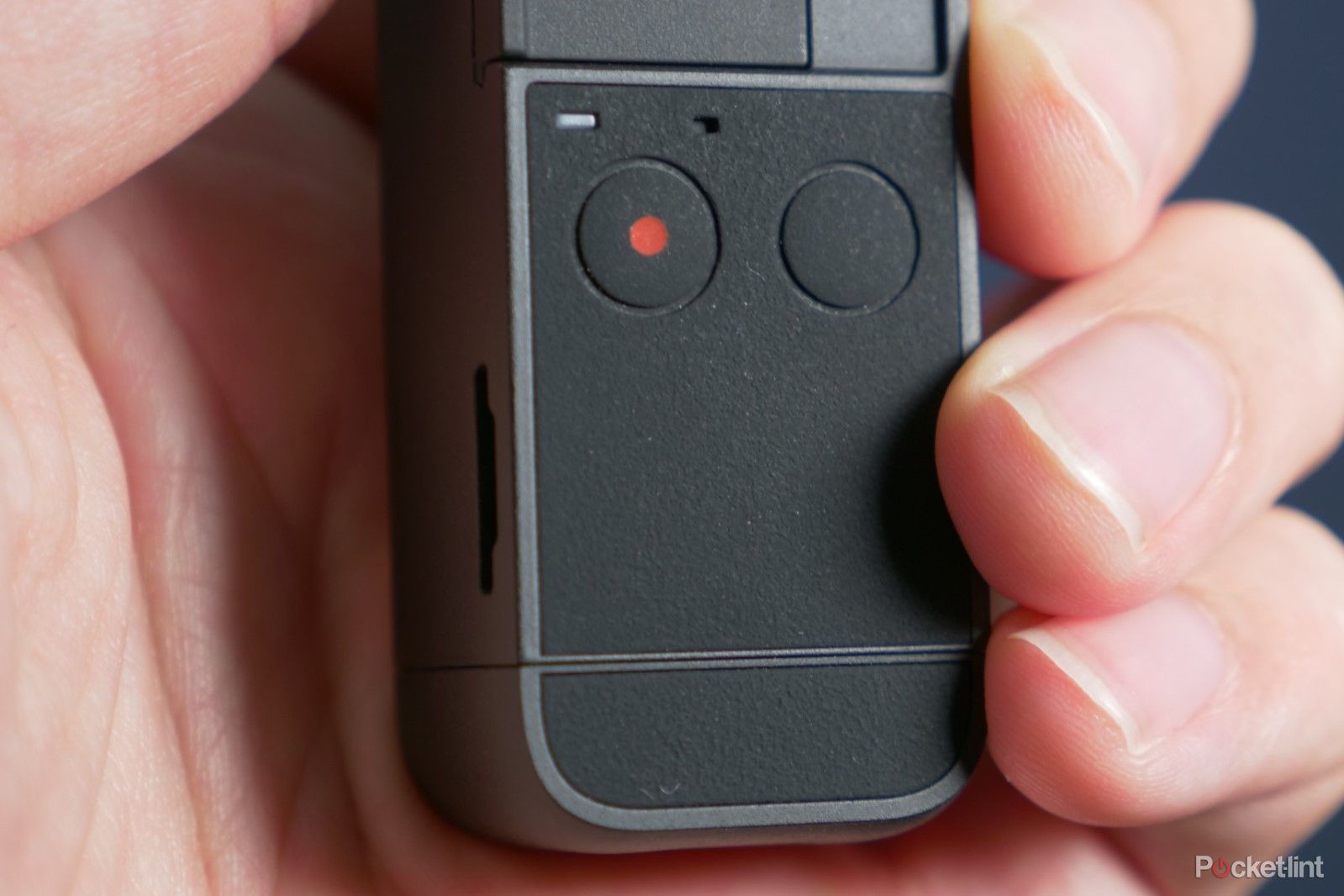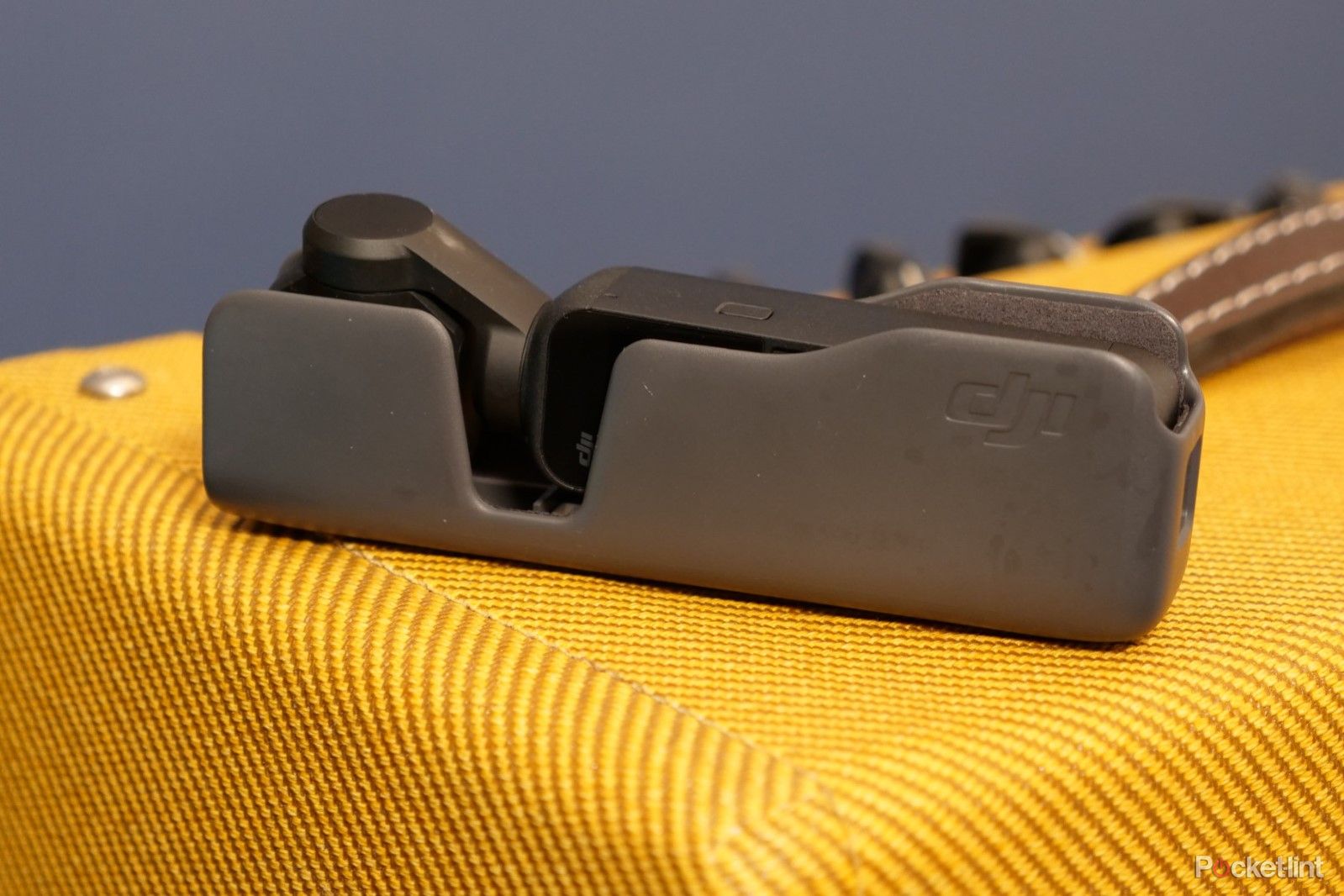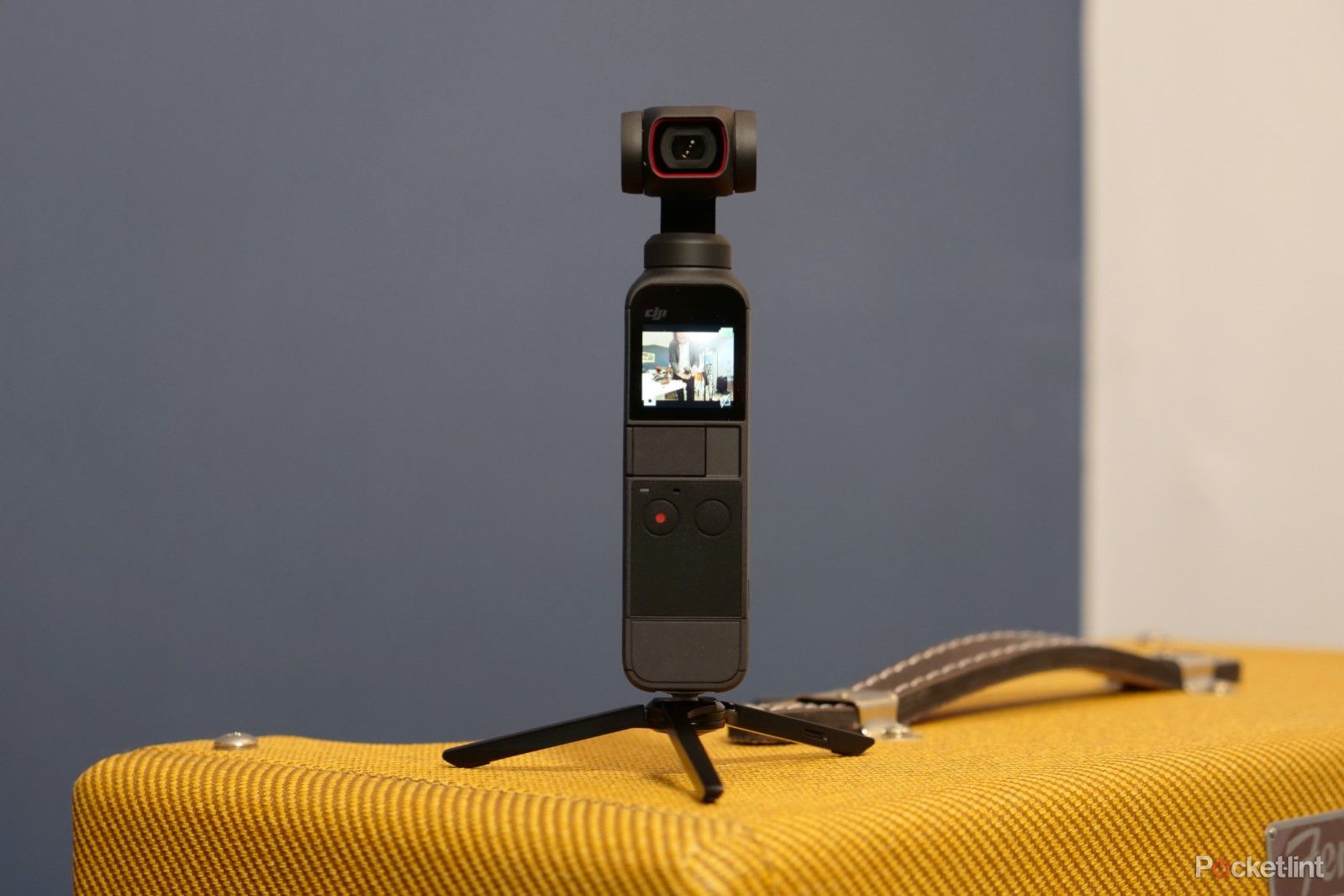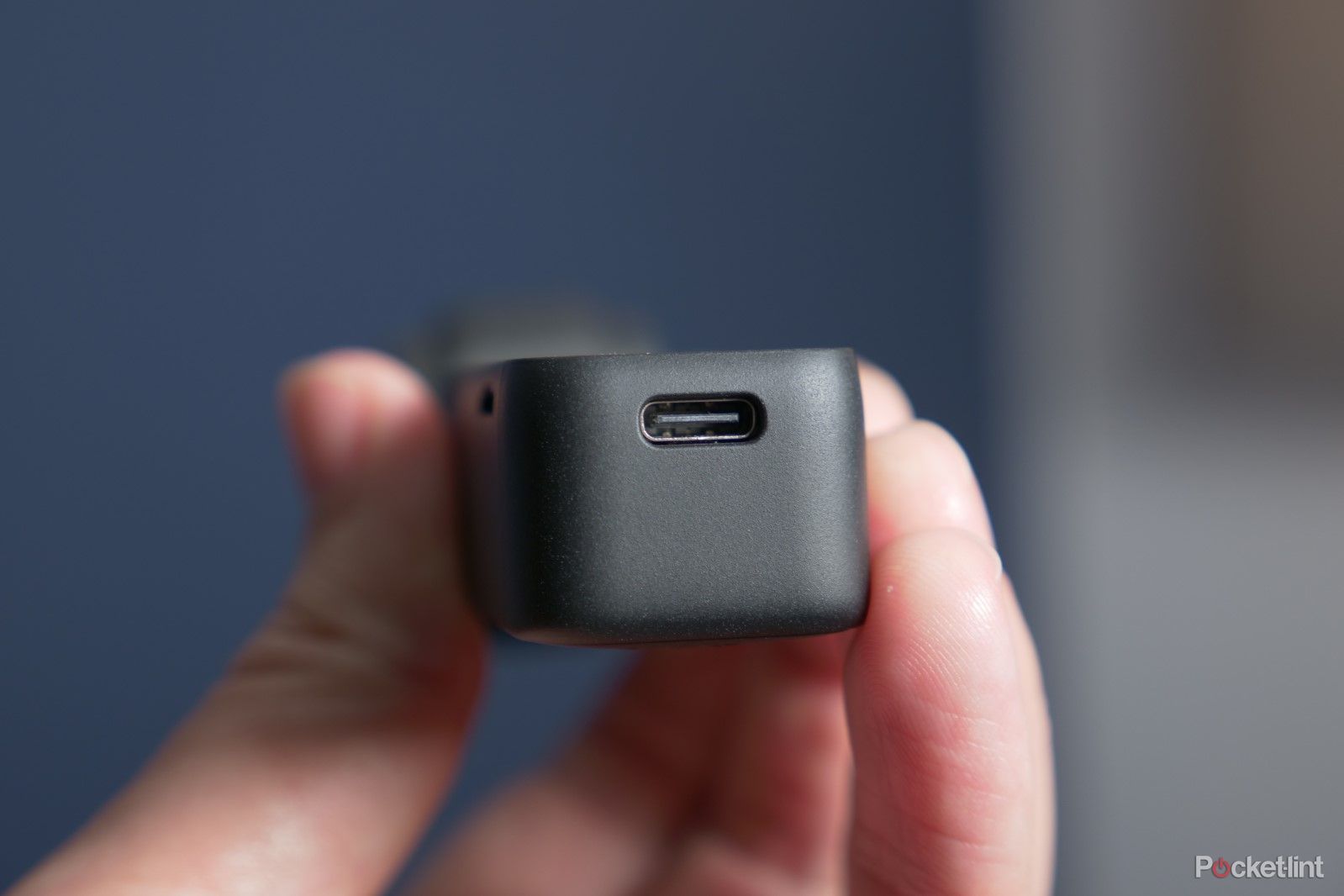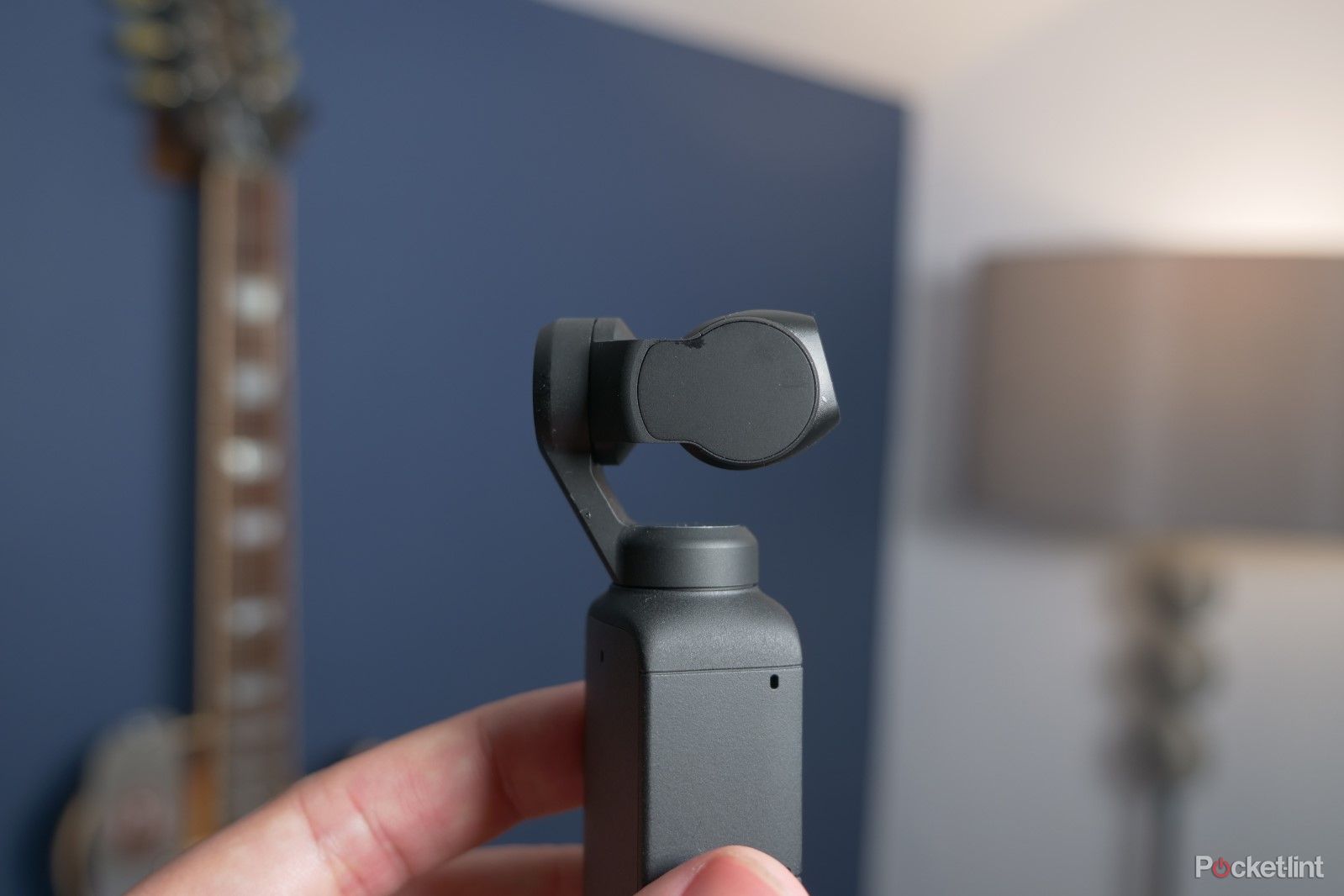Ah, 2020, it's been a funny old year that's seen a number of companies try different new things. For DJI, while it's mostly been about refreshing and upgrading existing products, it's the branding that has evolved. We've seen Osmo-branded products lose that Osmo moniker entirely, while the follow-up to the Mavic Mini launch as simply the Mini 2.
One product that fits into the new sans-Osmo camera lineup is the Pocket 2. It's the successor to the Osmo Pocket camera-and-gimbal system that launched back in 2019. The new model keeps all the good stuff from the original, but boosts the internals and makes it even more versatile with some pro-minded modules.
Our quick take
The DJI Pocket 2 takes what was great about the first Osmo Pocket, and makes it better by offering 4K footage up to 60fps. With ActiveTrack, mechanical stabilisation, and a design that will easily slip into your pocket, it'll quickly become a must-have for any videographer's camera bag.
The best features of the Pocket 2 are those we enjoyed about the first-gen one: having a mechanically stabilised camera that easily fits into a pocket.
For this latest gen, you get the flexibility of being able to shoot in multiple new resolutions and frame rates, as well as HDR (at 2.7k resolution), plus a battery that can get through more than two hours of video capture.
The touchscreen is a bit fiddly, as is the removable module at the bottom for additional accessories, but overall, the Pocket 2 offers a great combination of performance and convenience. There's nothing quite like it on the market.
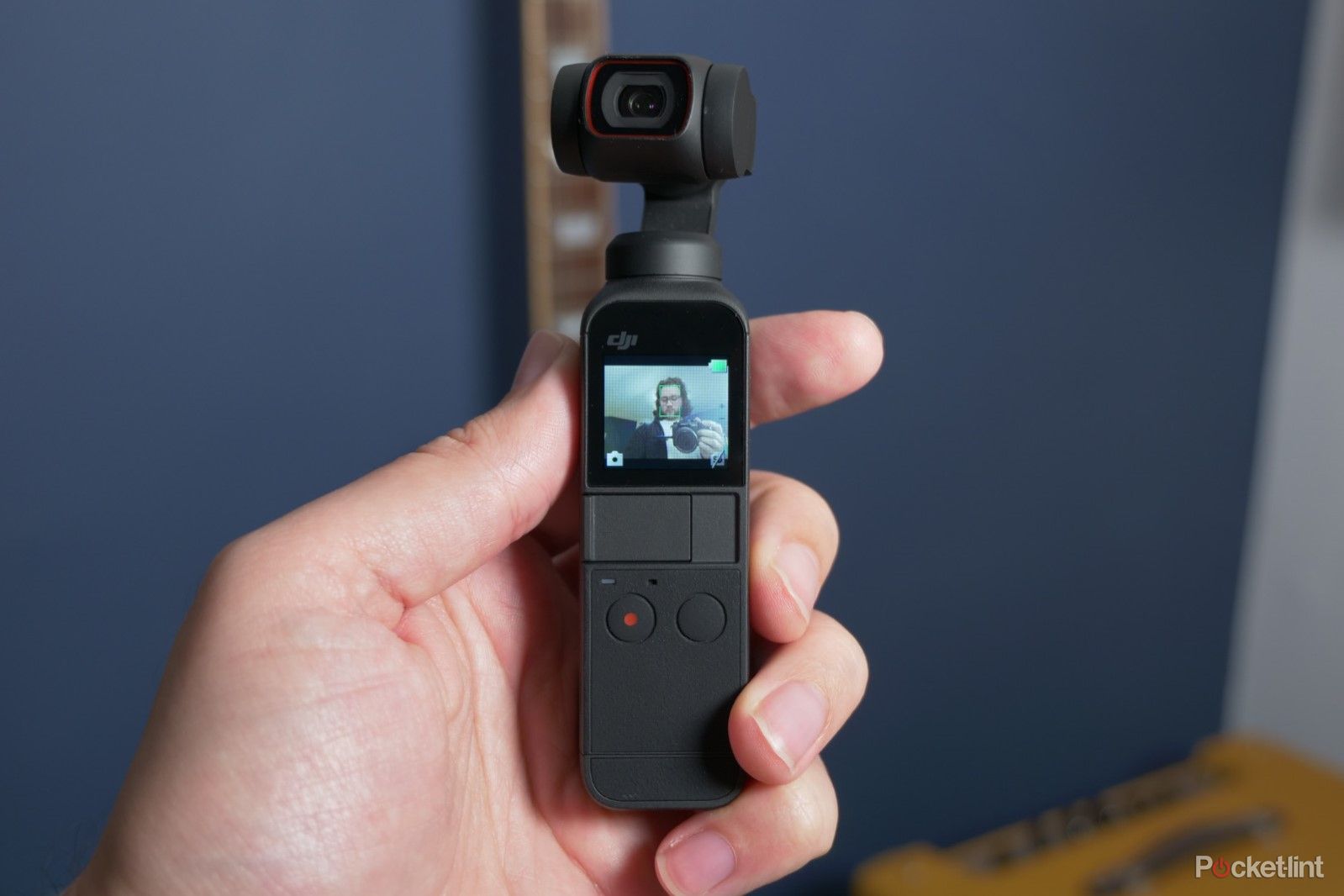
DJI Pocket 2 - 4.5 / 5
| FOR | AGAINST |
|---|---|
|
|
DJI Pocket 2
Instant pocket-ability
- Dimensions: 124.7 × 38.1 × 30mm / Weight: 117g
- 3-axis gimbal stabilisation
The biggest joy and the biggest draw of the Pocket 2 is the same as the first Osmo Pocket: its pocketability. See what they did with the name there? It's the fact that DJI has created this stabilised-camera-on-a-gimbal that's small enough to put in your pocket and walk around with. It's not a big inconvenient Ronin-esque handheld gimbal for a full-sized camera, it's one of the most convenient video cameras around.
The Pocket 2 is about the length of a smartphone, but obviously much less wide, and it ships with a protective hard case that you can easily slip it inside so that when you do just throw it in your pocket, or in a bag, it's not going to get damaged.
You get a grand total of three buttons to control it with. Two of those sit underneath the tiny touchscreen on the front. One is for recording start/stop, the other is a sort-of multifunction which you'll use mostly either to recentre the camera or flip it around 180 degrees by either double- or triple-tapping it. The only other button is on the side, which is the on/off power button.
The Pocket 2's size doesn't just make it pocketable, it also means you can hold it while shooting video and you're not likely to get fatigued. It's lightweight and easy to grip. Plus, the fact you've got it on you also means it's got that easy-access factor. It's quick to whip out, switch on and start recording.
In some ways, that means it's more convenient than using your smartphone. Especially if you want that smooth, physically stabilised footage that you can only get from a mechanical gimbal. Your next best option is something like the OM 4, DJI's latest smartphone gimbal, but that's much larger and far less convenient to walk around with. Although phone makers are also pushing the envelope, such as the gimbal camera in the Vivo X51.
Of course, there is that touchscreen on the Pocket 2's front which - while acting as your monitor - is also how you get to some of the other settings if you haven't got a smartphone attached. You can swipe up, down, left or right to access various settings, whether it be to choose your video resolution and frame rate, or to switch to a different shooting setting like slow-mo or timelapse.
Modular marvel
- Adapter for connecting smartphone
- Creator combo with wireless mic/tripod mount
- 875mAh battery - good for 140 minutes video capture
What's interesting about Pocket 2 is the expansion of its modularity. You can connect a phone to the camera using a small adapter, just as you could with the original, giving you the ability to use a much bigger display as the monitor, rather than trying to use the tiny square one.
This does require an app to be installed to your phone, but once you've done that you get a much easier way to control all the various settings, including enabling the ActiveTrack feature for following subjects.
But if you get the Creator Combo then you also acquire a couple of other accessories to snap onto the bottom of the Pocket 2. One allows you to attach the tiny fold-out tripod, so the unit can self stand. The other is a wireless mic kit, which means you can clip a microphone to yourself and have it wirelessly pair with the Pocket 2 - which is super useful if you need to record yourself talking to the camera (if you're vlogging, for instance).
Battery life was never a worry during our testing either. We could easily take the Pocket 2 out for an afternoon of shooting, then shoot nearly two hours of footage without having to be concerned about its longevity. That kind of peace of mind is priceless. If you're in a pinch and need to then it's easy enough to charge up using a USB Type-C cable. Take a backup battery pack with you and you'll easily keep it filled up.
Photo and video
- 64-megapixel, 1/1.7-inch CMOS sensor, f/1.8 aperture, 93-degree field of view
- Slow-motion, timelapse and motionlapse
- 4K up to 60fps, HDR video at 2.7k
As we've mentioned in the past about DJI, its best features are those that enable you to capture the kind of footage that's really hard to do when you're just holding your smartphone or your dedicated camera. It's elements like the Pocket 2's automatic ActiveTrack feature that locks onto a subject, or things like motionlapse that lets you shoot a moving timelapse without needing expensive motorised camera equipment.
For instance, there's a feature that lets you choose to automatically lock onto a face whenever you're shooting a video of yourself. So if you are doing a piece to camera with the wireless mic attachment then you can have it so that the camera never loses sight of you and keeps you in frame, regardless of how much your arm might be moving about.
When you're shooting video the three-axis gimbal automatically stabilises your footage, whether you're moving on purpose or just to even out natural hand-shakiness. For deliberate movement you can also choose between whether you want it to move with you in 'Follow' mode, or whether you want it to keep looking in the same direction while you move.
What you'll notice if you check some of the sample footage in our video above is that - if you're walking with the camera - you'll still see some movement each time a foot hits the ground. You can still tell the person holding the camera is walking, but the other movement in-between is smooth and shake-free. Similarly, when manually panning and moving the camera around, the movement is really smooth.
Moving between light and dark areas of a scene results in a smooth adjustment of exposure too. So you don't get that jumpy dark-to-light effect, it just gradually transitions as it realises the scene has become much brighter, to make sure it's not over-exposed.
Footage in general looks great too. It's sharp, with rich but natural colours, and doesn't suffer from an over-processed look. There's no harsh contrast or oversaturation.
The only time that changes is when you go into slow-motion mode. As we've seen with multiple smartphones for years, switching to this results in a harsher, darker image that doesn't look as bright or colourful. The transition between highlights and shadows is nowhere near as smooth. Still, in evenly lit scenes you can get good-looking slow-motion video.
The Pocket 2 takes good photos in a pinch too, showing similar characteristics in good light, with great colours and detail. The only issue we found - when shooting in automatic mode - was with heavy backlighting. The camera seems to struggle with being able to even out the really bright parts of an image. Taking a selfie with the sun behind us resulted in an over-exposed backdrop with some lens flare.
DJI Pocket 2
To recap
Pocket 2 takes what was great about the first Osmo Pocket, and makes it better by offering 4K footage up to 60fps. With ActiveTrack, mechanical stabilisation and a design that will easily slip into your pocket, it'll quickly become a must-have for any videographer's camera bag.

